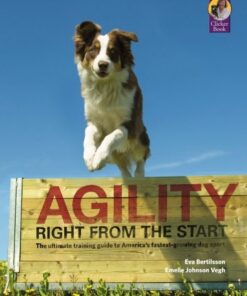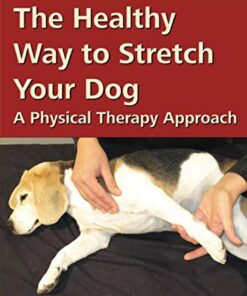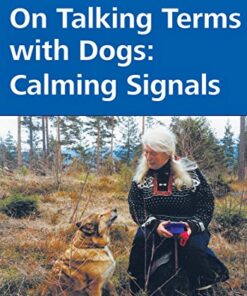Author: Vale, Brenda; Vale, Robert
Release Date: 01-12-2009
SUSTAINABILITY. Attempts to uncover what sustainable really means, exploring the environmental impact of the decisions we make, from what we eat to where we travel. Packed with facts, readers are encouraged to make their own minds up about how best to proceed. Time to Eat the Dog investigates ways to modify behaviour to save energy.
In a study published in New Scientist, they calculated a medium dog eats 164 kilograms of meat and 95kg of cereals every year. It takes 43.3 square metres of land to produce 1kg of chicken a year. This means it takes 0.84 hectares to feed a dog.
When compared with the footprint of a Toyota Land Cruiser, driven 10,000km a year, which uses 55.1 gigajoules (the energy used to build and fuel it), one hectare of land can produce 135 gigajoules a year, which means the vehicle’s eco-footprint is 0.41ha – less than half of the dog’s.
Professor Vale says the title of the book is meant to shock, but the couple, who do not have a cat or dog, believe the reintroduction of non-carnivorous pets into urban areas would help slow down global warming.
“The title of the book is a little bit of a shock tactic, I think, but though we are not advocating eating anyone’s pet cat or dog, there is certainly some truth in the fact that if we have edible pets like chickens for their eggs and meat, and rabbits and pigs, we will be compensating for the impact of other things on our environment.”
The eco-footprints of the family pet each year as calculated by the Vales:
German shepherds: 1.1 hectares, compared with 0.41ha for a large SUV.
Cats: 0.15ha (slightly less than a Volkswagen Golf). Hamsters: 0.014ha (two of them equate to a medium-sized plasma TV).
Goldfish: 0.00034ha (an eco-footprint equal to two cellphones).

















Reviews
There are no reviews yet.